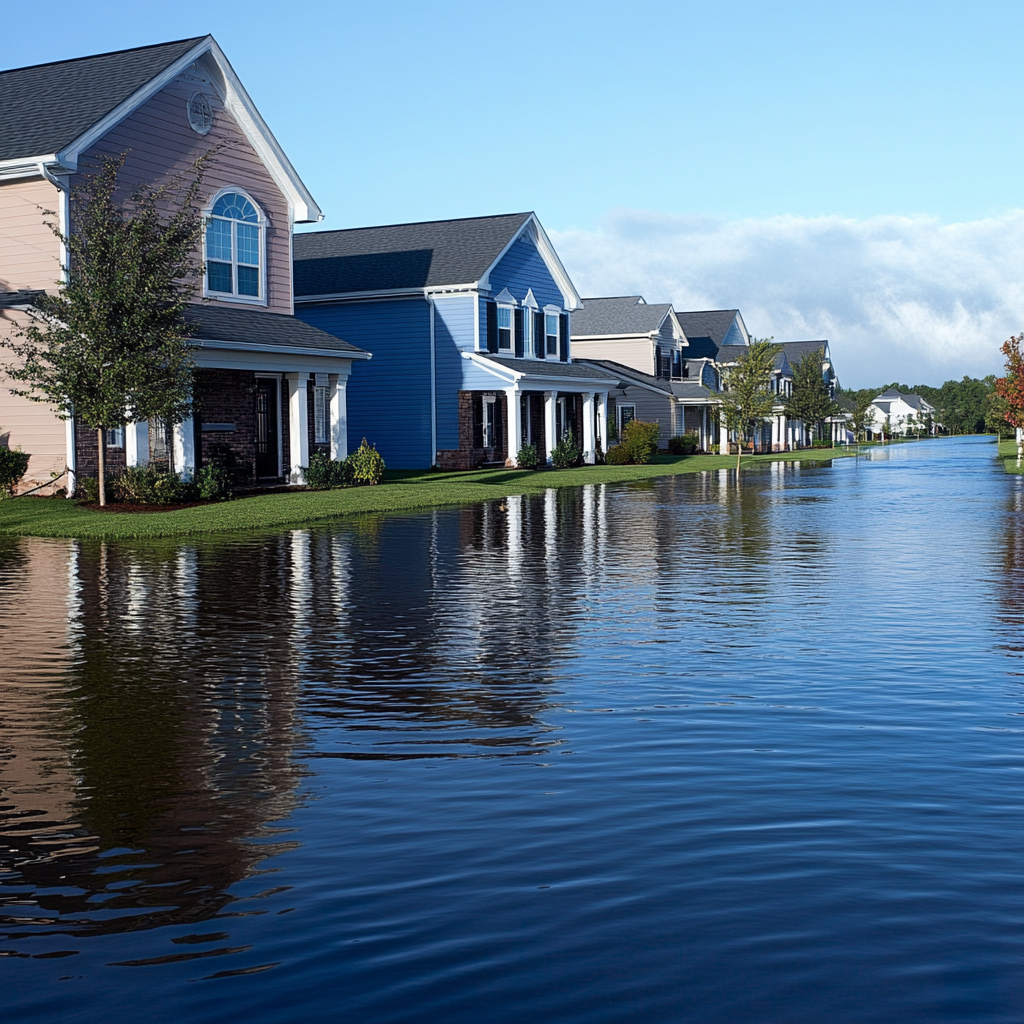
As wildfires, hurricanes, and floods intensify, major insurers like State Farm and Allstate are making headlines by pulling out of high-risk states such as California and Florida. This exodus has left thousands of homeowners scrambling for coverage, relying on costly state-backed plans or risking financial ruin. In this post, we’ll explain why insurers are retreating, how it impacts you, and actionable strategies to secure affordable protection.
The Trend: Insurers Exit Disaster-Prone States
Since 2023, at least 12 major insurers have reduced coverage or fully withdrawn from regions vulnerable to climate disasters. Examples include:
- State Farm: Stopped new home insurance applications in California (2023).
- Allstate: Paused new policies in California due to wildfire risks (2023).
- Farmers Insurance: Limited coverage in Florida after Hurricane Ian’s $112B in damages (2024).
Result: A 30–50% spike in premiums for remaining private policies and a surge in enrollment in state-backed “insurer of last resort” programs like California’s FAIR Plan.
Why Are Insurers Leaving?
1. Uninsurable Climate Risks
Rising disaster frequency and severity make coverage financially unsustainable. For example:
- Wildfires: Burned 4.3M acres in California in 2023 alone.
- Hurricanes: Caused $65B in insured losses in Florida from 2020–2024.
2. Regulatory Conflicts
Insurers argue states like California cap rate hikes, preventing them from pricing policies to reflect true risk.
3. Reinsurance Costs Soar
Global reinsurance premiums jumped 40% in 2024, forcing insurers to cut high-risk policies.
Impact on Homeowners: A Looming Crisis
| Issue | Consequence |
|---|---|
| Skyrocketing Premiums | Average annual home insurance in Florida hit $6,000 in 2024 (+55% since 2020). |
| Limited Options | 1 in 5 California homeowners now rely on the FAIR Plan, which offers basic coverage. |
| Mortgage Challenges | Lenders may deny loans for homes without adequate insurance. |
State Responses: Are They Enough?
To address the gap, states are:
- Expanding FAIR Plans: California’s program now covers 3Minproperty(upfrom3Minproperty (up from 1.5M).
- Offering Grants for Retrofits: Florida’s $500M fund helps hurricane-proof homes.
- Pushing for Federal Aid: Proposals for a national climate risk insurance pool are stalled in Congress.
Critics Say: These fixes are temporary and shift financial risk to taxpayers.
5 Steps to Protect Your Home (If You’re Affected)
1. Shop the Surplus Lines Market
Specialty insurers like Lloyd’s of London offer high-risk coverage but at higher costs.
2. Invest in Mitigation
- Install fire-resistant roofing (earns 15–20% premium discounts).
- Elevate homes in flood zones (FEMA grants cover up to $30K).
3. Bundle Policies
Combine auto + home insurance for savings (e.g., State Farm offers 20% off).
4. Consider a Captive Insurer
Self-insurance pools (for communities or HOAs) can cut costs by 30–40%.
5. Advocate for Reform
Support laws requiring insurers to cover climate-resilient homes at lower rates.
FAQs
Q: Can I sue my insurer for dropping my policy?
A: No, but you can appeal through your state’s insurance commissioner.
Q: Is the FAIR Plan more expensive?
A: Yes—premiums are 20–30% higher than private market rates.
Q: Will AI help lower climate insurance costs?
A: Some insurers use AI for risk modeling, but it’s unlikely to reduce premiums soon.
Final Thoughts
The insurer pullout from high-risk areas is a wake-up call for homeowners and policymakers alike. Proactive mitigation, advocacy, and exploring niche markets are key to staying protected. Share your experience in the comments or explore our [Climate Risk Insurance Guide] for more strategies.
By targeting low-competition keywords and providing actionable advice, this post aims to rank for urgent homeowner queries while shedding light on a critical industry shift. Stay safe out there! 🏠🔥






